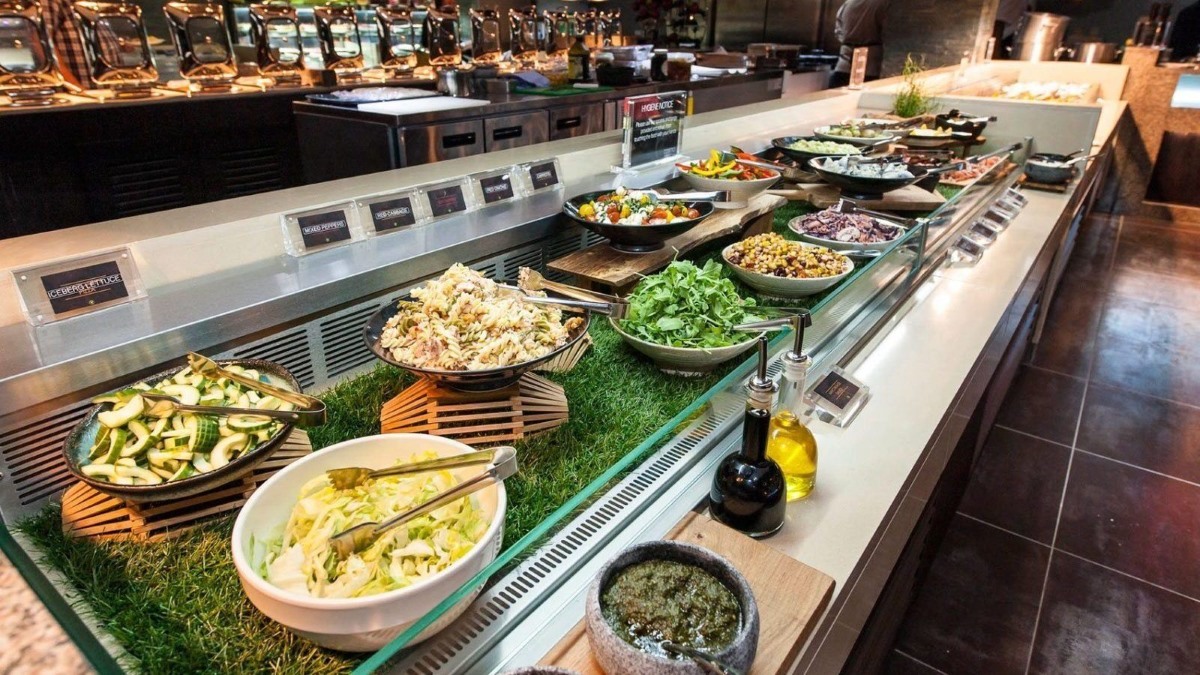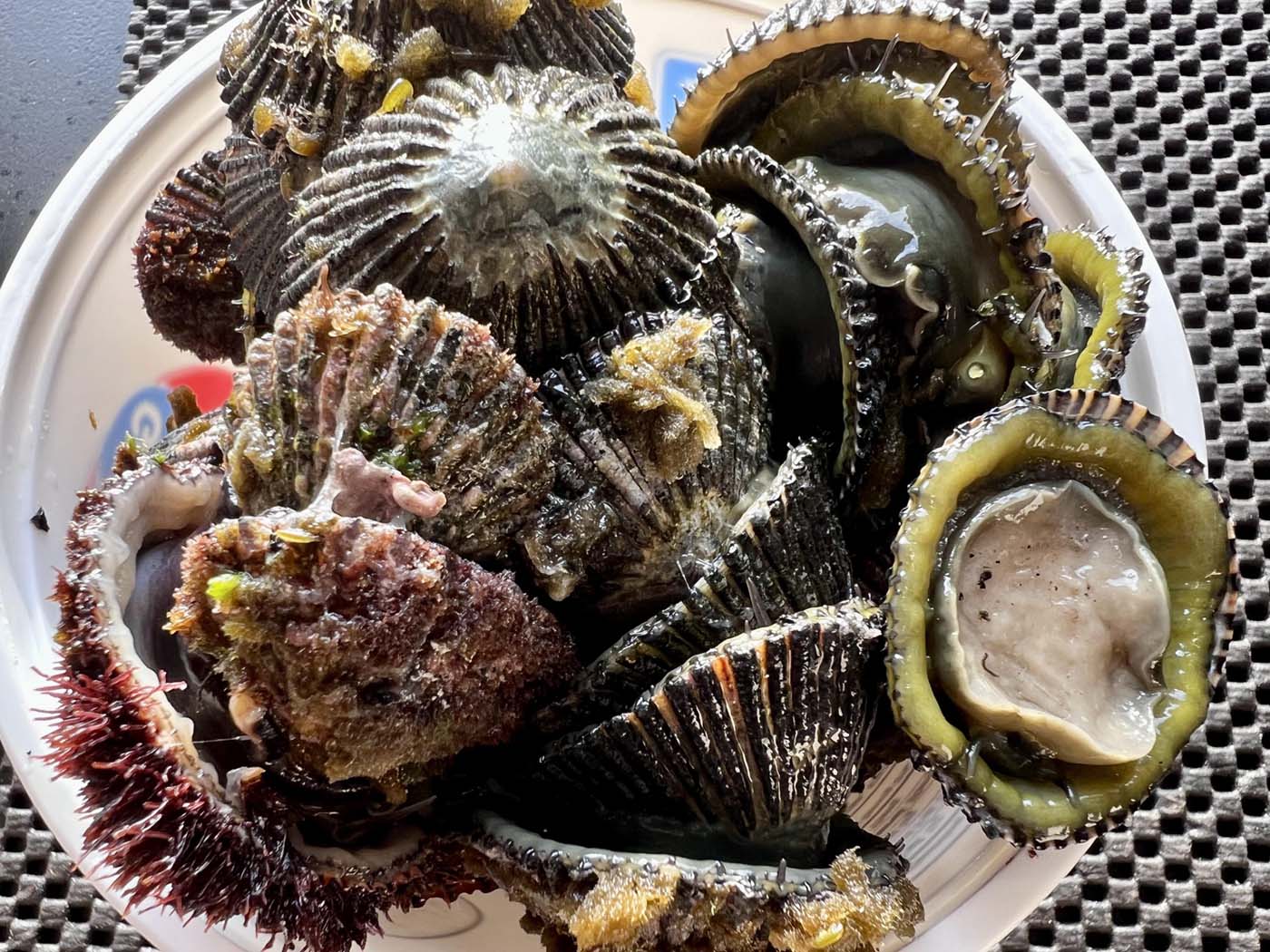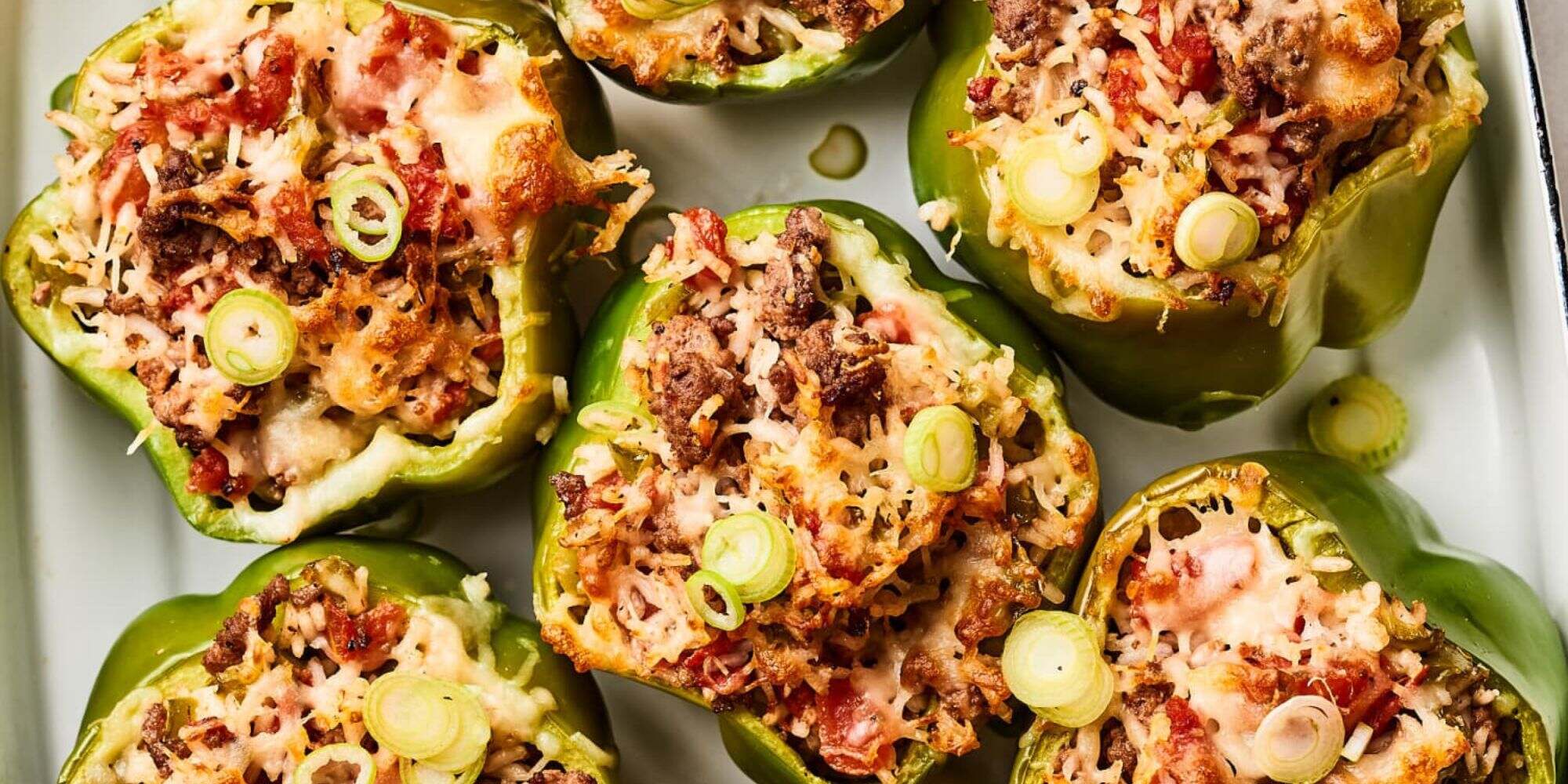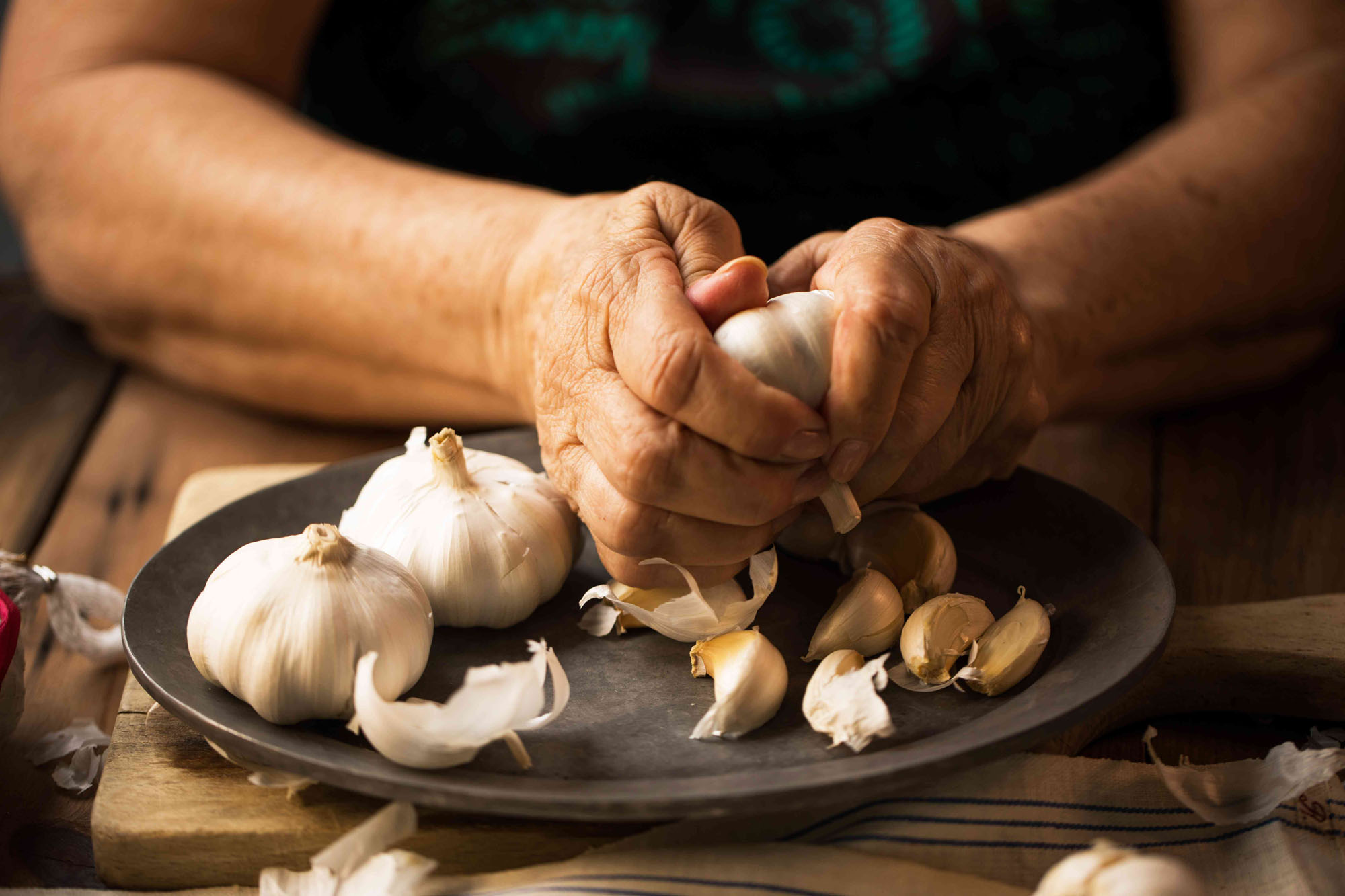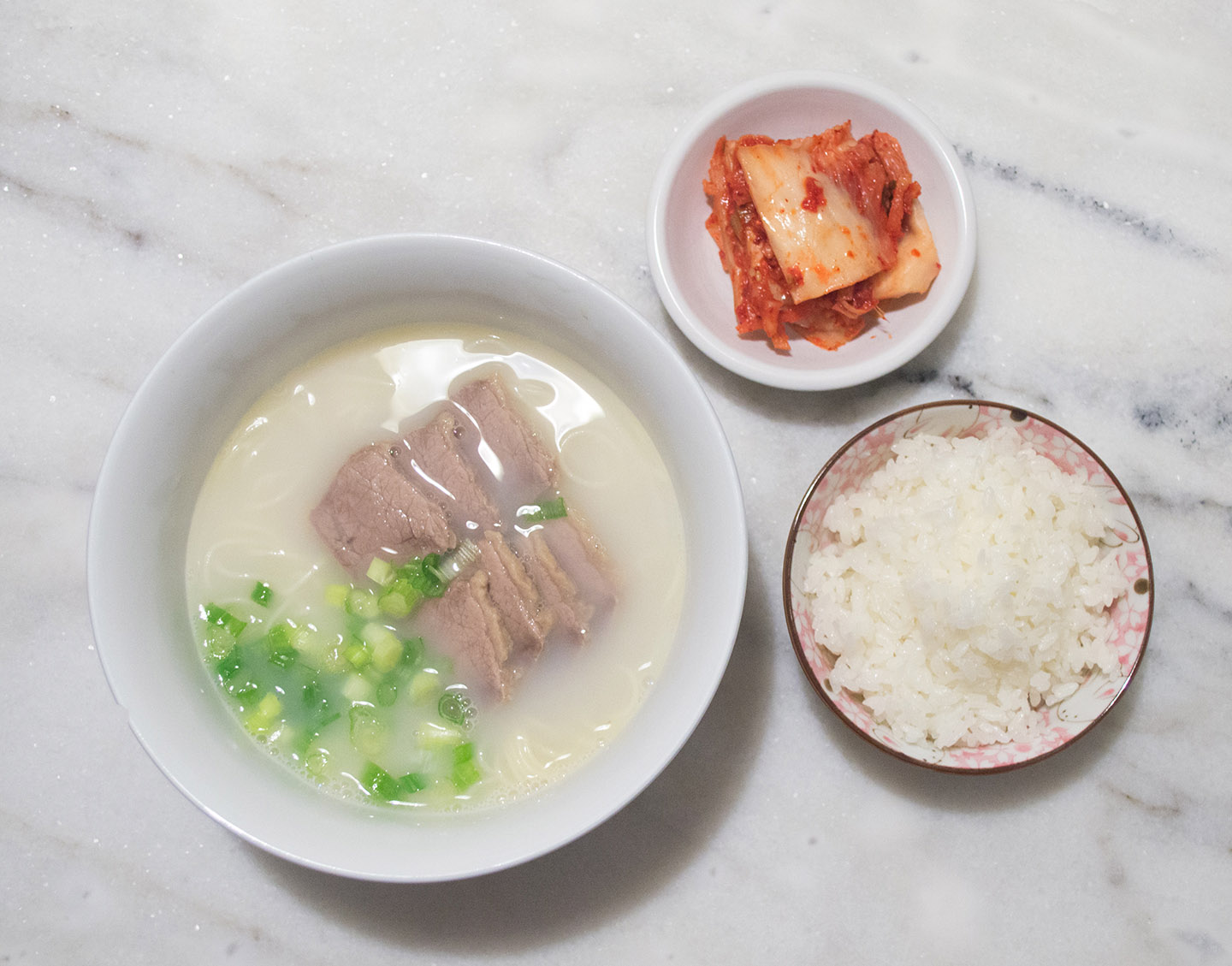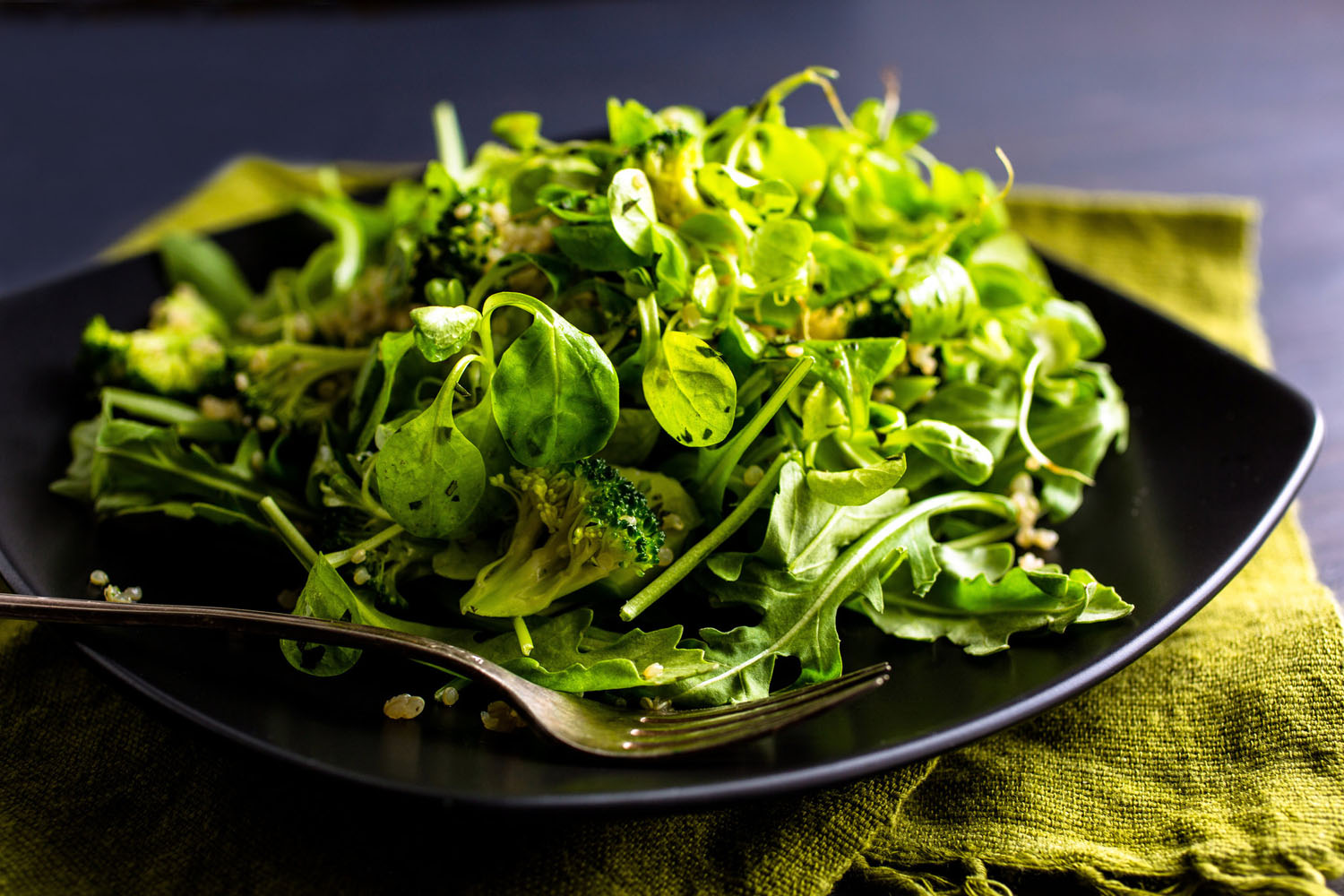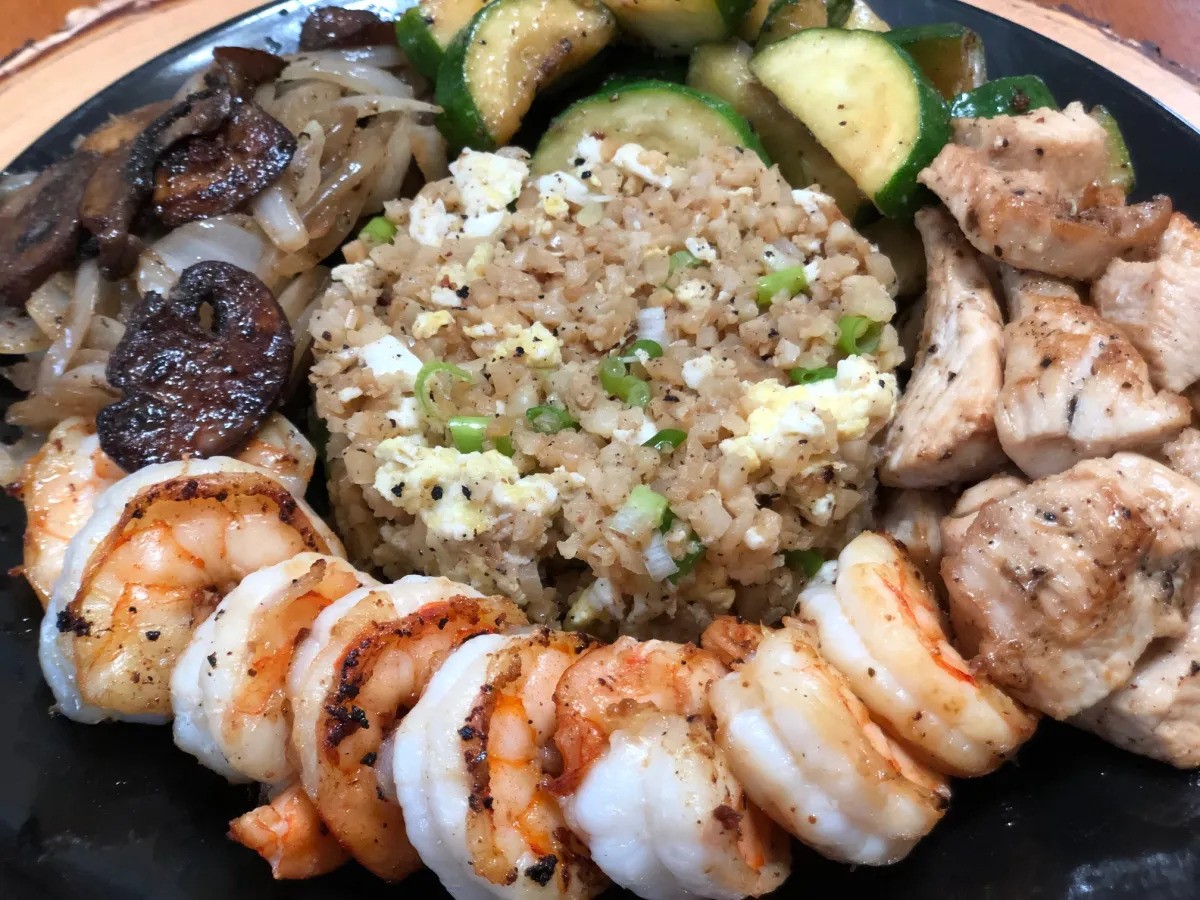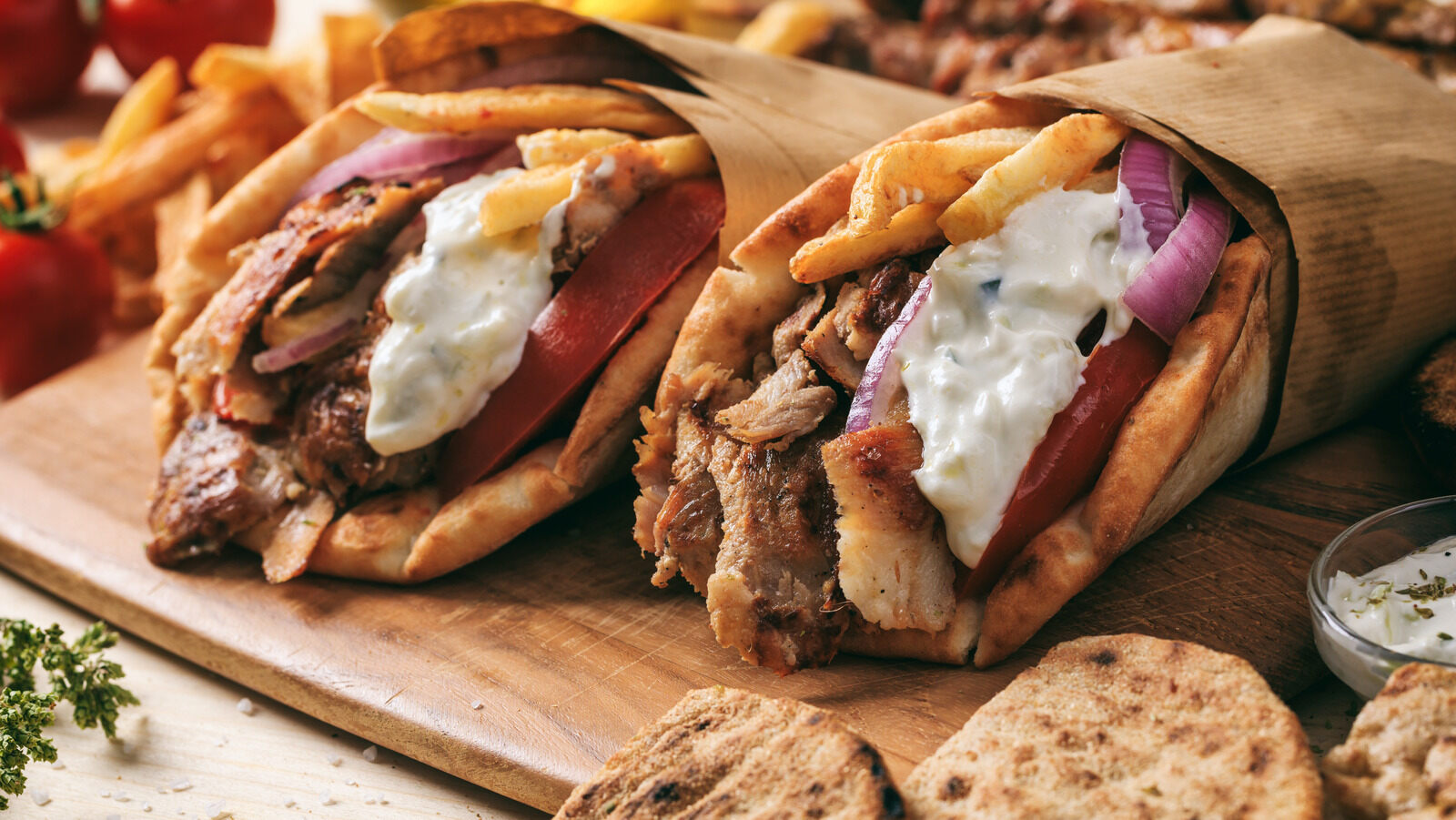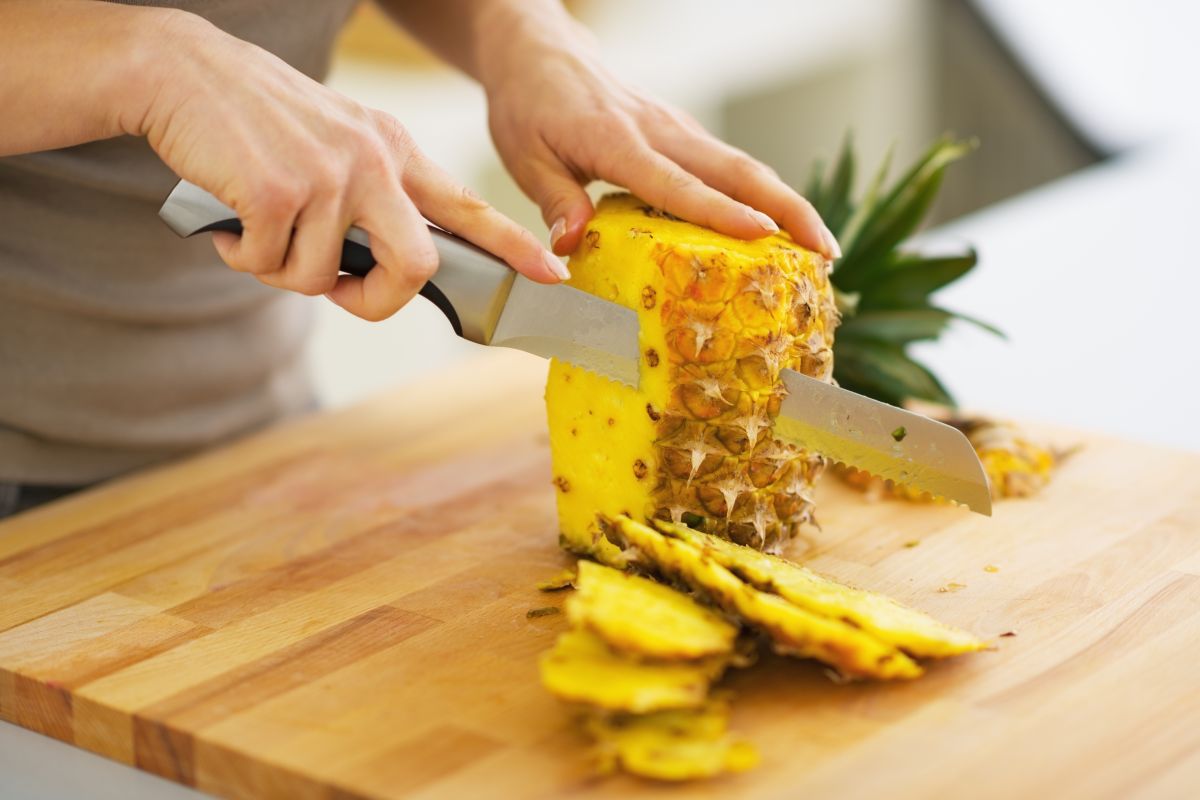Discovering the Delightful Celosia
Welcome to the wonderful world of celosia, a unique and versatile plant that offers not only visual beauty but also a surprising culinary delight. While celosia is commonly known for its vibrant and eye-catching flowers, many people are unaware of its edible qualities. In this article, we will explore the various ways to enjoy and incorporate celosia into your diet.
Understanding Celosia
Celosia, also known as cockscomb, is a flowering plant that belongs to the amaranth family. It is characterized by its distinctive, crested flower heads that resemble a rooster’s comb, hence the name “cockscomb.” This plant comes in a variety of colors, including vibrant shades of red, orange, yellow, and pink, making it a popular choice for ornamental gardens and floral arrangements.
Edible Parts of Celosia
When it comes to consuming celosia, the entire plant is edible, including the leaves, stems, and flowers. The leaves and young stems can be used in a manner similar to spinach or other leafy greens, while the flowers add a unique and colorful touch to a variety of dishes.
Ways to Enjoy Celosia
There are several delightful ways to incorporate celosia into your culinary adventures. Here are some ideas to get you started:
- Salads: Add fresh celosia leaves to your favorite salad for a pop of color and a mild, earthy flavor.
- Stir-fries: Use young celosia stems in stir-fry dishes for a tender and nutritious addition.
- Edible Garnish: The vibrant celosia flowers can be used as an edible garnish to decorate cakes, desserts, and savory dishes, adding a visually stunning element to your creations.
- Smoothies: Incorporate celosia leaves into your smoothie recipes for a nutritious boost and a hint of green freshness.
Health Benefits of Celosia
In addition to its culinary appeal, celosia also offers a range of health benefits. The plant is rich in vitamins and minerals, including vitamin C, vitamin A, and potassium. It is also a good source of dietary fiber and antioxidants, making it a valuable addition to a balanced diet.
Cautions and Considerations
While celosia is generally safe for consumption, it is important to ensure that the plant has not been treated with any harmful chemicals or pesticides. If you are harvesting celosia from your garden or purchasing it from a reputable source, be mindful of its growing conditions and any potential contaminants.
Exploring Culinary Creativity with Celosia
Whether you are a seasoned chef or an adventurous home cook, experimenting with celosia in the kitchen can open up a world of creative possibilities. From vibrant salads to visually stunning desserts, this unique plant has the potential to elevate your culinary creations and impress your guests with its unexpected charm.
As you embark on your celosia culinary journey, remember to approach this delightful plant with an open mind and a spirit of exploration. Embrace its vibrant colors, delicate flavors, and nutritional benefits, and let your imagination guide you as you discover the many ways to enjoy and savor the delightful celosia.
So, the next time you encounter this captivating plant, consider adding a touch of culinary creativity to your experience and savoring the unique flavors and visual appeal that celosia has to offer.
